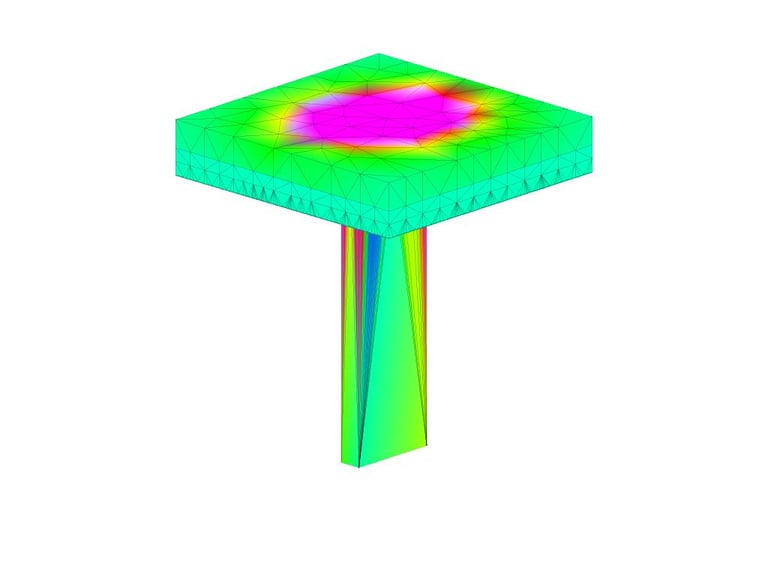email - info@lowenergybuild.com call - 0208 058 8240
Why Bespoke Thermal Bridge Calculations will benefit your project?
Get to know why bespoke thermal bridge calculations will benefit by boosting efficiency, ensuring SAP compliance, cutting heat loss, and improving performance.
THERMAL BRIDGING
10/30/20251 min read


As the construction industry pursues higher energy efficiency standards, thermal bridging has become a critical factor in heat loss calculations. In the UK traditionally many projects assessed in SAP would refer to default Ψ-values from SAP Table K1, offering a way to estimate thermal bridging but with significant drawbacks.
However three is another way: Bespoke PSI calculations, modelled by a competent person, provide a more precise and tailored approach to addressing this issue along with many benefits:
These bespoke PSI calculations, particularly those generated through specialized accredited software, offer numerous benefits:
Increased likelihood of regulatory compliance
Thermal Bridge details can be the make or break on whether a project is able to pass SAP or not
Cost-effectiveness by preventing over-specification
with accurately modelled details, and the associated reduction in energy losses, other fabric elements can be value engineered if necessary.
Improved accuracy for specific junction details
default values often widely over estimate a junctions heat loss, penalizing the overall fabric performance
Design optimization opportunities
complex details with multiple elements can be re-specified when modelled correctly.
Flexibility to account for innovative designs and materials
the bespoke nature allows endless opportunities for differing materials and they individual specifications.
Furthermore:
Thermal bridges can account for up to 30% of a building's heat loss, so having accurate models is crucial.
The defaults will often overestimate and having an accurate understand of the actual heat loss through thermal bridges is therefore critical.
Accurate modelling helps identify potential condensation issues
Alongside the heat loss result (PSI Value) the bespoke modelling will help indicate the likelihood of mould and condensation at a junction.
Improved thermal performance leads to long-term cost savings
Both the client, (energy savings long term) and the developer (up front cost savings) can benefit with accurate models.
By adopting bespoke PSI calculations, the construction industry can create more energy-efficient structures, optimize building performance, and ensure compliance with increasingly stringent regulations.
Get in touch
0208 058 8240
info@lowenergybuild.com


